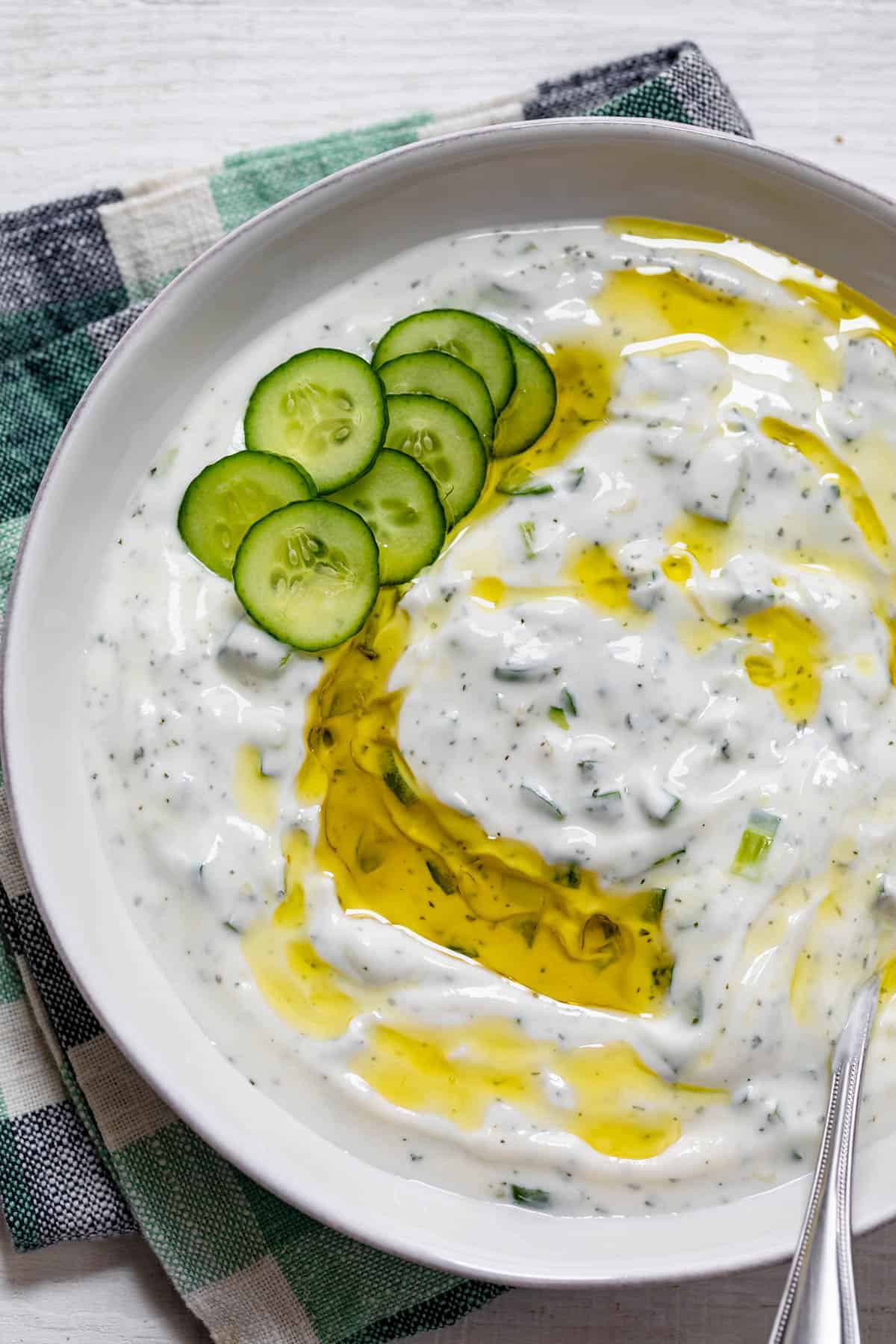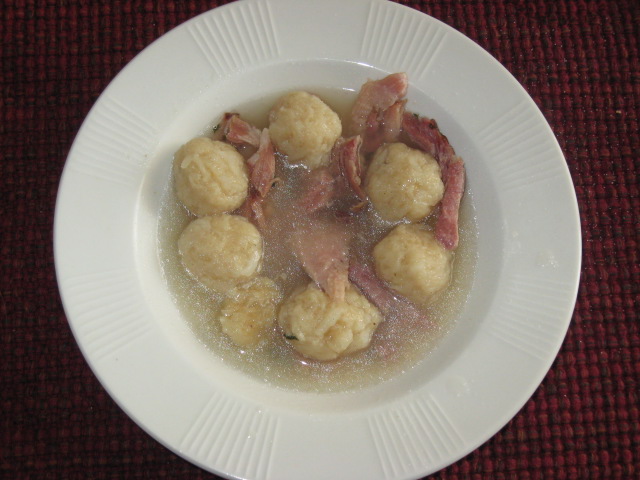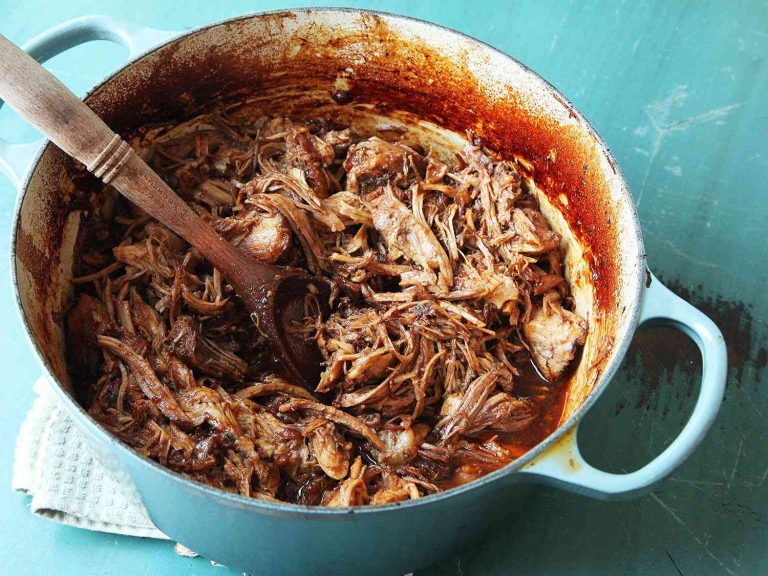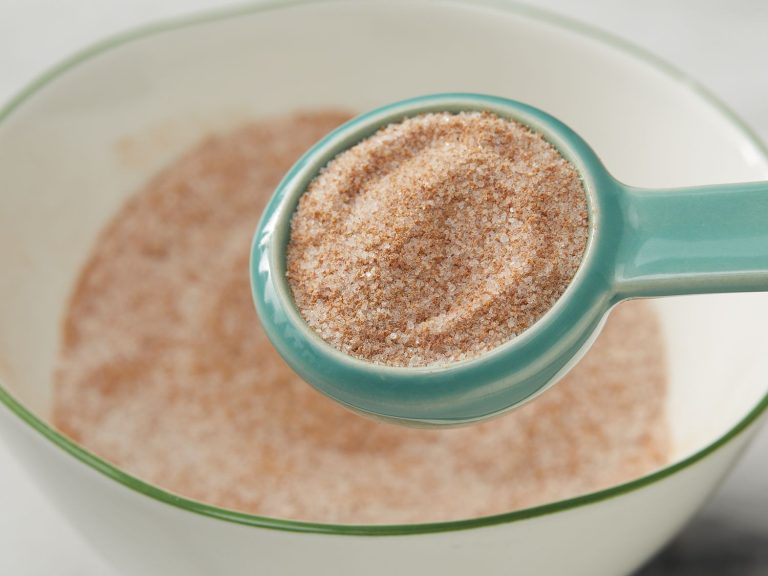Cucumber Gyro Sauce: Discover the Perfect Recipe and Benefits
Cucumber gyro sauce, widely known as tzatziki, originates from Greece. It’s been a staple in Greek cuisine for centuries, highlighting the Mediterranean diet’s emphasis on fresh, simple ingredients. Ancient Greek texts mention early versions of the sauce, showing its longstanding cultural importance. Tzatziki also appears in Turkish, Middle Eastern, and Balkan cuisines, reflecting its broad cultural footprint. Greeks traditionally serve it as a meze, accompanying dishes like gyros, souvlaki, and falafel. The sauce represents culinary traditions that emphasize flavor and nutrition using locally sourced ingredients.
Evolution of Recipes Over Time
Throughout history, cucumber gyro sauce recipes have evolved based on regional preferences and available ingredients. Early versions relied on strained sheep or goat’s milk yogurt, fresh cucumbers, garlic, salt, olive oil, and herbs like dill or mint. Modern variations may include lemon juice, vinegar, and different types of yogurt, such as cow’s milk. Adaptations also extend to incorporating non-traditional elements like avocado or different spices. Yet, the core recipe—yogurt, cucumber, garlic—remains consistent, demonstrating the sauce’s enduring nature and versatility.
Key Ingredients in Cucumber Gyro Sauce
The Role of Cucumber
Cucumber contributes freshness and crunch to cucumber gyro sauce. It’s essential for the sauce’s unique texture, providing a cooling contrast to the creamy yogurt base. Diced or grated cucumber, with seeds removed to reduce excess moisture, ensures the sauce remains thick. Its mild flavor balances the garlic and tanginess, making cucumber an indispensable part of the recipe.
Other Essential Components
Yogurt:
Greek yogurt offers a thick, creamy texture ideal for gyro sauce. Its slight tang complements the freshness of cucumber, balancing the rich flavors. Full-fat yogurt is often preferred for its creaminess.
Garlic:
Garlic infuses a robust, aromatic flavor into the sauce. Minced fresh garlic provides the most potent taste. The amount varies based on preference, but typically, 1-2 cloves are used.
Olive Oil:
Olive oil adds a smooth texture and enhances the sauce’s richness. Extra virgin olive oil is preferred for its purity and flavor. A small amount, around 1-2 tablespoons, suffices.
Lemon Juice:
Lemon juice contributes acidity, brightening the sauce’s flavors. Freshly squeezed juice is ideal for the best taste. Typically, 1-2 tablespoons are added.
Herbs:
Dill or mint adds a fresh, green note to the sauce. Fresh herbs are preferred for their vibrant flavor. A few tablespoons of chopped dill or mint are usually incorporated.
Culinary Uses of Cucumber Gyro Sauce
Traditional Gyro Pairings
Cucumber gyro sauce, synonymous with tzatziki, often pairs with a variety of Greek dishes. Layers of gyro meat, typically lamb, beef, or chicken, seamlessly complement the refreshing qualities of cucumber gyro sauce. In classic gyro wraps, warm pita bread envelopes seasoned meat, fresh vegetables, and a generous dollop of this sauce. The sauce also serves as a dip for souvlaki skewers, offering a cooling balance to the grilled flavors. Moussaka, a popular Greek casserole, benefits from a tzatziki side, enhancing its complex taste.
Innovative Recipes and Uses
Cucumber gyro sauce’s versatility extends beyond traditional Greek fare. Use it as a dip for raw vegetables such as carrots, celery, and bell peppers. Replace mayonnaise in sandwiches and burgers with tzatziki to introduce a tangy, fresh element. Spread it on flatbreads as a base for Mediterranean-inspired pizzas. A touch of this sauce can brighten grilled or roasted vegetables, adding depth to their flavors. Integrate it into grain bowls, pairing well with quinoa, farro, or bulgur for a more balanced meal.
Health Benefits of Cucumber Gyro Sauce
Nutritional Profile
Cucumber gyro sauce offers various nutritional benefits. A typical serving contains approximately 120 calories, with 9 grams of protein and only 8 grams of fat, based on an average recipe. Greek yogurt, a primary ingredient, provides probiotics that support digestive health. These live bacteria can improve gut flora balance. Additionally, Greek yogurt is rich in calcium, which is essential for bone health. Cucumbers add hydration with their high water content. Garlic, another component, contains allicin, which has antimicrobial properties. Olive oil provides healthy monounsaturated fats that are beneficial for heart health. Lastly, herbs like dill and mint contribute vitamins A and C, enhancing the sauce’s nutritional value.
Dietary Considerations
Cucumber gyro sauce fits various dietary needs. It’s suitable for low-carb diets, offering minimal carbohydrates per serving. For those following a vegetarian diet, this sauce serves as a nutritious option, providing plant-based proteins from yogurt. If lactose intolerance is a concern, you can opt for lactose-free Greek yogurt. It’s also a good choice for a gluten-free diet since it contains no gluten. Those aiming to reduce sodium intake can prepare the sauce with unsalted yogurt and herbs. To cater to vegans, you can substitute Greek yogurt with plant-based yogurt alternatives, ensuring the sauce remains versatile and inclusive.
Making Cucumber Gyro Sauce at Home
Basic Recipe
To make cucumber gyro sauce, you’ll need Greek yogurt, cucumbers, garlic, olive oil, lemon juice, fresh dill, salt, and pepper. Start by grating one cucumber and draining excess water using a cloth or sieve. In a bowl, combine one cup of Greek yogurt, the grated cucumber, two minced garlic cloves, one tablespoon of olive oil, one tablespoon of lemon juice, one tablespoon of chopped dill, and a pinch of salt and pepper. Mix until well blended. Refrigerate the sauce for at least two hours before serving to allow the flavors to meld.
Tips for the Perfect Sauce
Ensure you drain the cucumber thoroughly to prevent a watery sauce. Use full-fat Greek yogurt for a rich and creamy texture. Mince the garlic finely to avoid overpowering the sauce. Adjust salt and lemon juice to taste, balancing tang and seasoning. Fresh dill imparts a vibrant flavor, but you can substitute dried dill in smaller quantities if fresh is unavailable. After mixing, refrigerate the sauce, as chilling enhances the flavors and creates the ideal consistency.
Conclusion
Cucumber gyro sauce is more than just a flavorful addition to your meals. Its rich history and versatile applications make it a must-have in your culinary repertoire. Whether you’re using it as a dip, spread, or topping, this sauce brings a unique blend of taste and health benefits to the table. By making it at home, you can tailor the ingredients to suit your preferences and dietary needs. So why not give it a try and elevate your dishes with this delicious and nutritious sauce?






